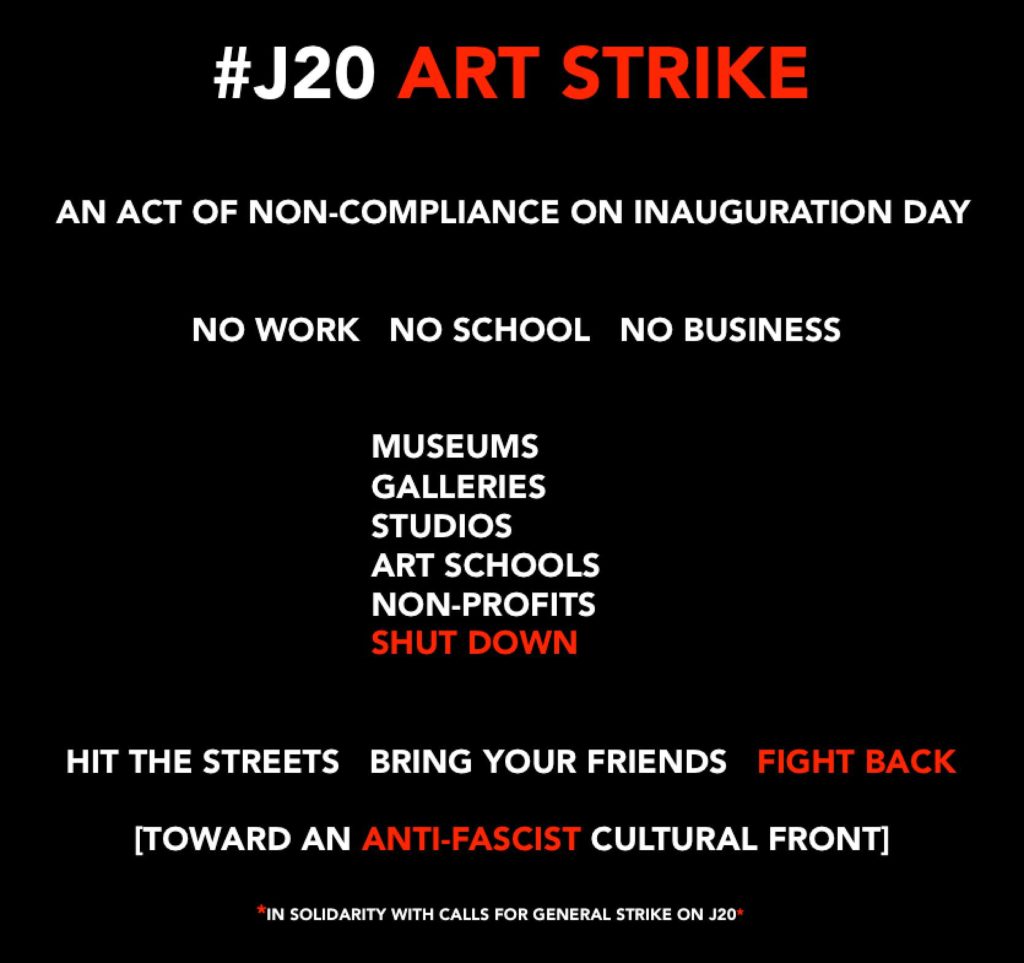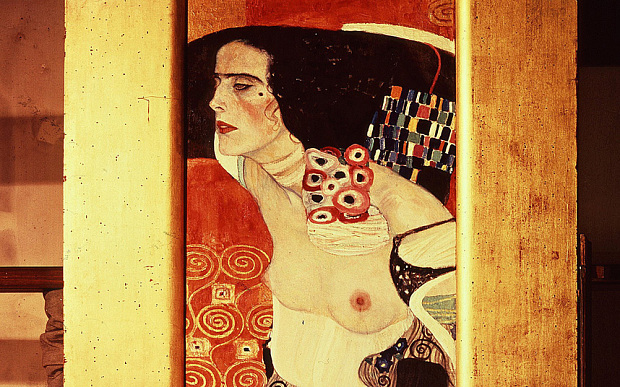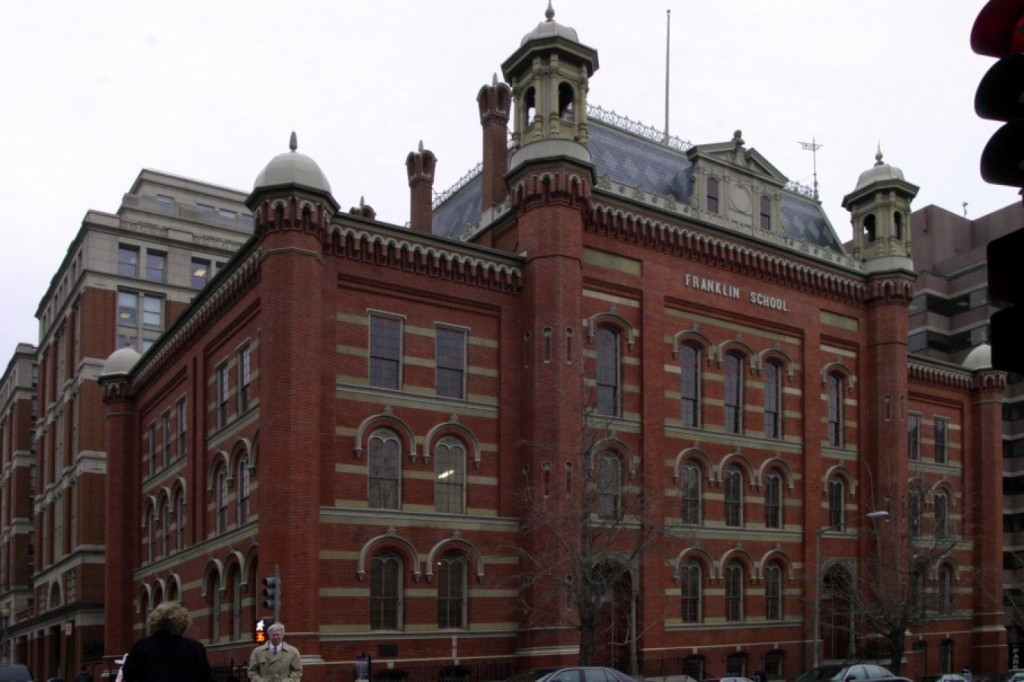That quote is from Max Hollein, the director of the Fine Arts Museums of San Francisco, as recorded today in an article in the San Francisco Chronicle. On Page One–and good for the Chronicle for doing that.
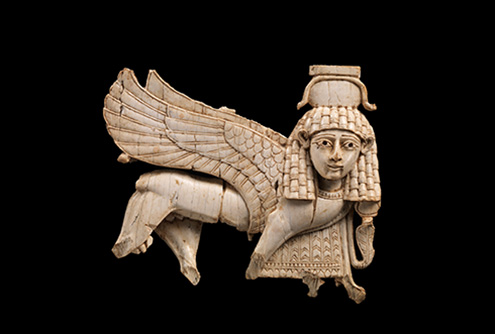 We’ve known, and Met Director Tom Campbell reminded us last month, in an op-ed piece in The New York Times, that eliminating the National Endowment for the Arts, as proposed by the Trump Administration, would put at risk the Arts and Artifacts Indemnity Program–through which the federal government, at minimal cost to taxpayers, indemnifies the borrowing of art works for special exhibitions.
We’ve known, and Met Director Tom Campbell reminded us last month, in an op-ed piece in The New York Times, that eliminating the National Endowment for the Arts, as proposed by the Trump Administration, would put at risk the Arts and Artifacts Indemnity Program–through which the federal government, at minimal cost to taxpayers, indemnifies the borrowing of art works for special exhibitions.
But Charles Desmarais, a friend, has drawn out that abstract thought in an article headlined Trump budget cuts could shut great art out of museums. A few quotes from the piece:
What we got for that amount of money was an estimated savings to museums “in excess of $420 million†in insurance premiums — money that was then used for education programs and other enhancements to the visitor experience.
…
Jay Xu, the Asian’s director, said, “Indemnity plays an important role in fostering cultural empathy. Here’s how: It’s expensive to bring the best-of-the-best artworks from Asia, like we did last summer with loans from the National Palace Museum, Taipei (objects from that museum haven’t traveled to the U.S. in 20 years). The indemnity program made that exhibition financially feasible, allowing us to introduce elements of Chinese culture to a whole new generation.â€
…
Neal Benezra, the director of SFMOMA, said the potential elimination of the indemnity program “places in jeopardy current shows such as ‘Matisse/Diebenkorn,’†He continued, “This indemnification program is at no cost to the federal budget and it would be tragic if it was lost.†An SFMOMA spokeswoman said upcoming shows like Edvard Munch and past ones like “The Steins Collect†have seen insurance savings “in the millions.â€
…
“Private insurance is simply not available for national treasures valued in the tens and hundreds of millions of dollars,†[Lial Jones, director of Sacramento’s Crocker Art Museum] said. “If the indemnity program goes away one of the casualties will be the major exhibitions we all clamor to see.â€
The program has posted a list of the exhibitions it has insured–not all that current. but listing shows in 2014, 2015 and through May 8, 2016. UPDATE, 3/22: The NEA has now updated the list; it now lists only 2016, 2017, including future exhibitions, plus one for 2018. I’m glad they updated, but wish they had included a link to past exhibitions that were indemnified by the program.
Anyway, here’s the link to that.
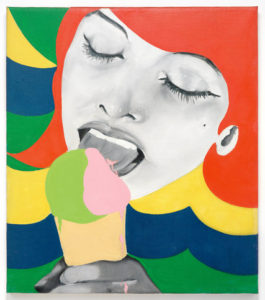 Among them, you’ll see, are such great displays as Assyria to Iberia at the Dawn of the Classical Age; Kandinsky: A Retrospective; Egon Schiele: Portraits; Goya: Order and Disorder; Picturing Mary: Woman, Mother, Idea; The Habsburgs: Rarely Seen Masterpieces from Europe’s Greatest Dynasty; International Pop; Discovering the Impressionists: Paul Durand-Ruel and the New Painting; Pleasure and Piety: The Art of Joachim Wtewael (1566-1638); Power and Pathos: Bronze Sculpture of the Hellenistic World’; Reflecting Class: Painting in the Age of Rembrandt and Vermeer; and Daubigny, Monet, Van Gogh: Impressions of Landscape.Â
Among them, you’ll see, are such great displays as Assyria to Iberia at the Dawn of the Classical Age; Kandinsky: A Retrospective; Egon Schiele: Portraits; Goya: Order and Disorder; Picturing Mary: Woman, Mother, Idea; The Habsburgs: Rarely Seen Masterpieces from Europe’s Greatest Dynasty; International Pop; Discovering the Impressionists: Paul Durand-Ruel and the New Painting; Pleasure and Piety: The Art of Joachim Wtewael (1566-1638); Power and Pathos: Bronze Sculpture of the Hellenistic World’; Reflecting Class: Painting in the Age of Rembrandt and Vermeer; and Daubigny, Monet, Van Gogh: Impressions of Landscape.Â
That’s just a sampling. Think how much poorer we would be if they had not been shown in the U.S.
Some pundits have said that Trump’s first budget is dead-on-arrival anyway, so pay no attention to it. I don’t think the museum world, and the public that visits museums, should take that chance. We just have to tell our representatives exactly what is at stake.
Photo Credits: Courtesy of the Metropolitan Museum, the National Museum of Women in the Arts; the Philadelphia Museum of Art (top to bottom)

